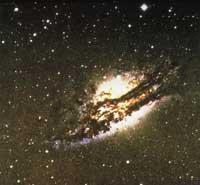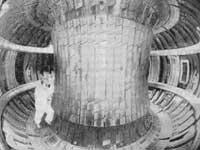Heading for fusion, a small dream star
2017/03/01 Etxebeste Aduriz, Egoitz - Elhuyar Zientzia Iturria: Elhuyar aldizkaria
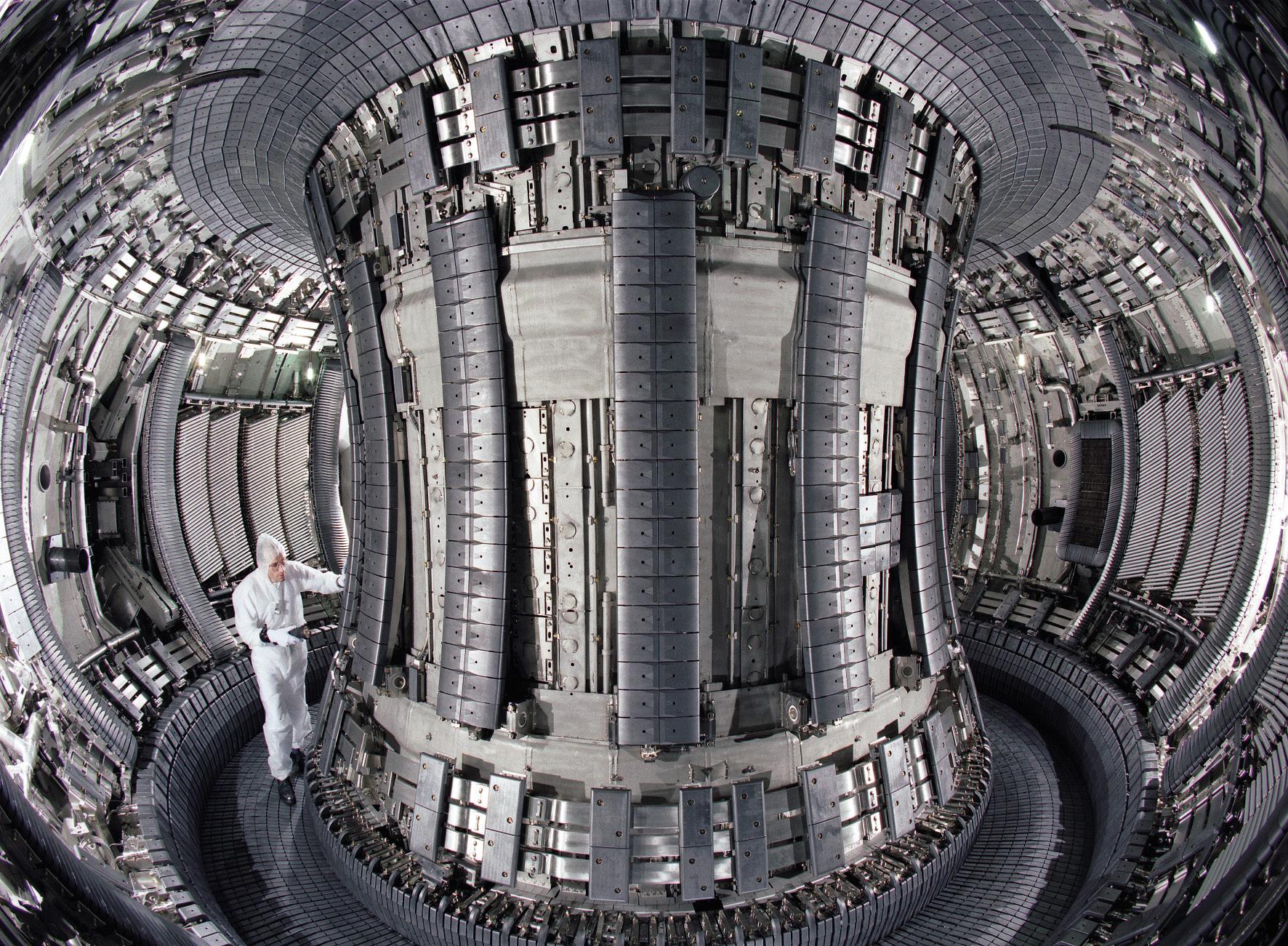
Ronald Reagan and Mikhail Gorbachev signed in 1985 the collaboration to “achieve an essentially inexhaustible energy source for the benefit of all humanity.” This energy source was fusion. With this agreement, the ITER project was launched with the aim of making the fusion a reality. Subsequently, the European Union, China, Japan, South Korea and India joined the project.
ITER means in English “Reactor Termonuclear Experimental International Reactor” and in Latin “way”. The road is being long, laborious and expensive. In 2005 it was decided to build it in Cadarache (France), started in 2013 and hopes to finish in 2019. The cost is not clear, but they will be billions of euros. After the International Space Station, it will be the most expensive scientific building.
“This sweet is so sweet energetically,” says UPV researcher Igor Peñalva Bengoa. “If fusion is achieved in the medium term, the current energy problems can be solved.” Peñalva investigates in the field of fusion. Goretti Sevillano Berasategi also in another department of the UPV. “Fossil fuels are running out and renewables have limitations and cannot generate all the energy we need,” says Sevillano, “there is a problem.”
Inexhaustible, clean and safe
Fusion is a series of advantages over other energy sources. Raw materials are practically inexhaustible. It is about using two isotopes of hydrogen, deuterium and tritium. “It can be considered that deuterium is inexhaustible because there is a lot in the sea. The tritio, on the other hand, will be formed in the reactor itself, from the lithium, and the lithium is not inexhaustible but practically inexhaustible. We have enough lithium for thousands of years,” explains Peñalva. On the other hand, “there would be no geopolitical conflict with oil, coal, etc., because raw materials can be found anywhere,” added Sevillano.
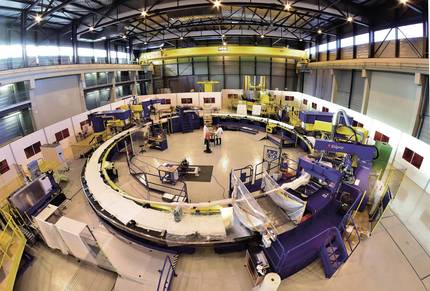
In addition, Sevillano highlights that it is “clean energy”. “It does not generate greenhouse gases. And it is true that radioactive waste is generated but of low activity and of very short life”.
The union of a deuterium atom and a tritium atom produces an atom of helium, a neutron, and energy. This is the fusion reaction. This is a process against the fission that occurs in the nuclear power plants currently in operation. The energy is obtained by dividing the nuclei of large atoms such as plutonium and uranium into fission. In fusion, through the interaction of nuclei of small atoms such as hydrogen.
Through these neutrons, which are formed in fusion, metals can become radioactive. “But these metals, after 20-40 years, are not radioactive and can be reused quietly, so I wouldn’t take them as radioactive waste,” explains Peñalva. “They have nothing to do with fission residues. In this case, they are not of high activity and it is not a problem of millions of years, but of 10, 20 or 40 years”.
As for security, nothing to do with fission, explains Peñalva: “In fission there are chain reactions that require good control. If you lose control, Chernobyl may occur, etc. In fusion the opposite occurs; if there is a problem in a reactor, the reaction stops. The reaction itself is safe in itself.”
From the stars to the Earth
Inexhaustible, clean, safe… It looks like it has everything. The problem is the difficulty. “Technologically achieving fusion is not easy,” says Peñalva. “Note that the only fusion reactors in operation we know are the stars. All the energy that comes from the Sun is generated through fusion reactions, and in short, thanks to it we live. The problem is getting it on Earth. Temperatures above 100 million °C are needed and that is not a joke.”
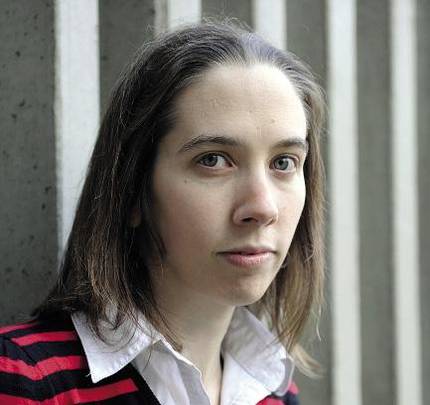
This small star that will be created in ITER will occupy 150 million °C, 10 times more than the core of the Sun. In fact, in the stars the atom fuses forces of gravity. On Earth, however, this force can't be produced, so higher temperatures are needed to get the atoms into a plasma state and merge. “We do not know materials that resist this temperature,” says Peñalva. But the artificial star can be kept trapped by magnetic fields. For this purpose, the superconductive magnets of ITER cool to -269ºC, very close to absolute zero. The largest and lowest temperature in the world will be almost in the same place.
We know that fusion can be achieved on Earth. It has already been achieved on several machines. “But the reaction lasts very few seconds in conditions of generating energy, time that is not enough to recover the energy delivered to initiate the reaction,” explains Sevillano. The best brand has been obtained in the British JET reactor: Input of 24 MW and extraction of 16.
The goal of ITER is to generate ten times more energy from the introduced one. It is designed to introduce 50 MW and extract 500. ITER will be very similar to JET but higher. “According to the calculations, the bigger it is, the easier it is to get more energy,” explains Peñalva.
Like the JET, ITER will be a tokama reactor. The fusion occurs in a chamber in the form of a toroid or screw in the headdress. “The devices that have been worked most so far are local,” says Sevillano. “There are those who think that stellarators can be better, but they have very special shapes and are very difficult to build, especially on a large scale. That is why, and because much more has been investigated in the transfer, it was decided that ITER was out of place.” In any case, the operation of both is basically similar, and “what is investigated in one of them is quite easy to adapt to the other,” explains Sevillano.
Another way to achieve fusion is to replace magnetic fields with very powerful and very precise lasers. The NIF project of the Americans is the main one on this path, but, even though they have shown that fusion is possible, the U.S. Government Energy Department. recognized last year that the NIF has serious doubts about whether the goal of obtaining energy can be reached on some occasion.
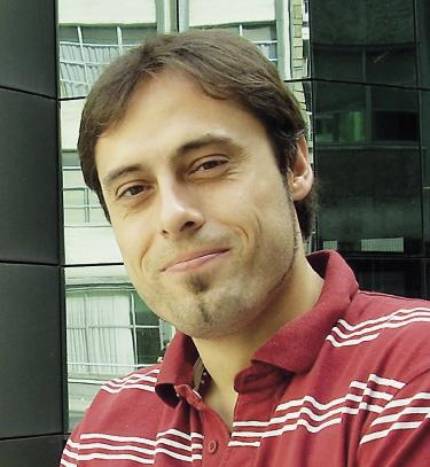
Sevillano sees the road of Laser difficult: “The question is that most of the scientists and laboratories working in fusion are working with magnetic confinement, and I think the results will come from there.” Peñalva coincides: “ITER has the technological support of JET. We know it can work. And it is calculated that making larger can be easier to obtain energy, it has been decided internationally: ‘Let’s make everyone a great reactor, to see if we can check that this is technologically viable’. As ITER has decided to do internationally and the money is there, most of the research is aimed at it.”
Fusion in the UPV
And in that are also the researchers of the UPV. “We are a control group,” says Sevillano. “To extend this state of the plasma and to be able to extract energy from it it is necessary to control a lot of parameters: plasma current, plasma form, coil currents, voltage, etc.” To do this, they develop control systems.
And they have a small machine to perform the first tests of these systems. “It’s not a reactor, but it has a vacuum chamber where helium can be used as fuel. It is still in the process of construction and what we intend with it is to check, through tests with the schemes and control models that we develop for some parameters, whether these control schemes or plasma models developed can be useful. And once this has been checked, make the necessary modifications to adapt it to a larger experimental machine”.
For its part, the Peñalva team analyzes the behavior of certain metallic materials with hydrogen and deuterium. “We need to know to what extent hydrogen and its isotopes penetrate the materials and then know where these particles will be and how to manage them, and decide which materials are the most appropriate.” In some cases, it is interesting to introduce a lot in the material, for example, to recover the tritium. And in others, the opposite. For example, the tritio itself is radioactive and to work safely, materials that prevent the passage of the tritium are needed.
They mainly work with iron alloys. “What we study is at last and after, for example, when iron has more or less chromium, to what extent it increases or decreases permeability. We measure these parameters. That is our contribution. In principle, for ITER it is decided or semi-decided what the materials will be, but this research is oriented to the next phase”.
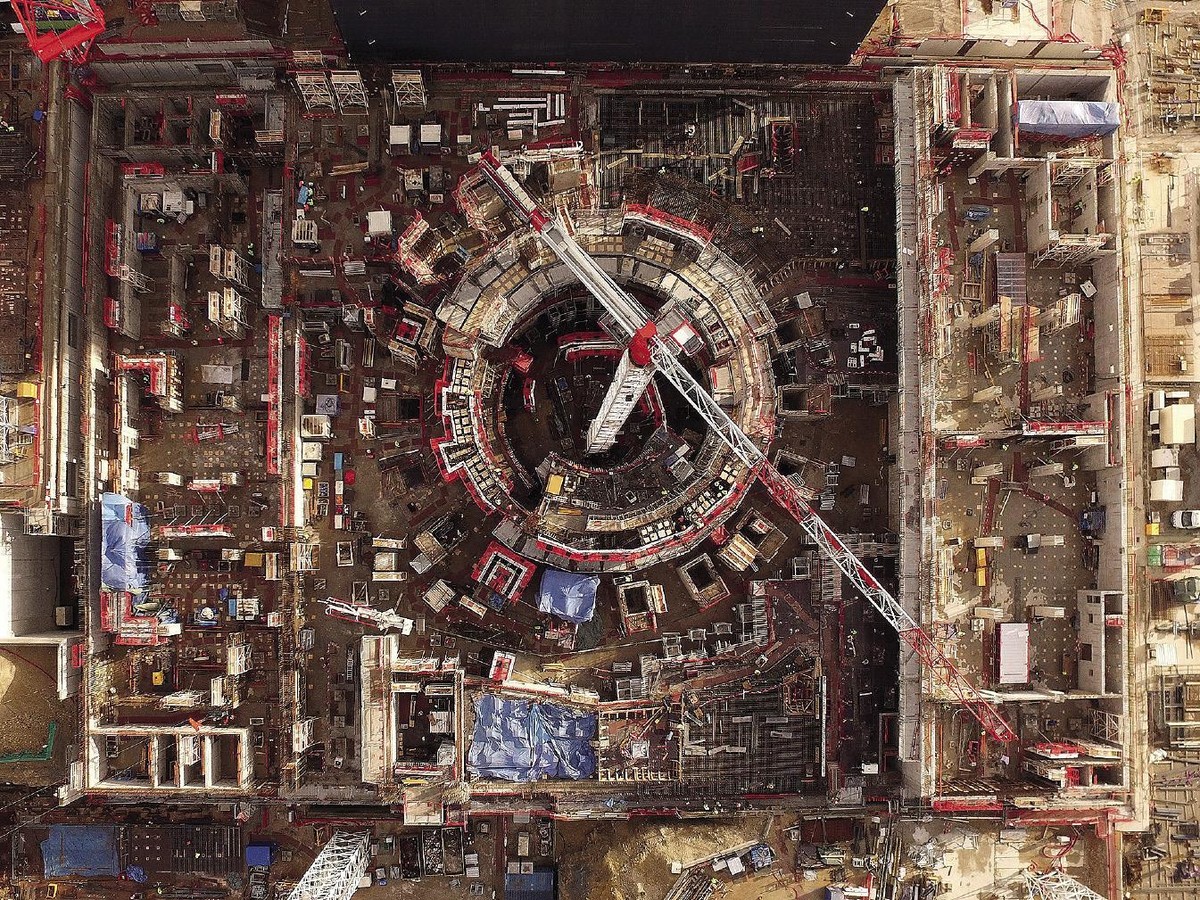
Looking to the future
The next phase is DEMO. In short, it is a great experimental reactor ITER that will not produce useful energy. The aim of ITER is to demonstrate that fusion is technologically and energetically viable, and that, as in stars, on Earth we can also obtain energy through fusion. By the time this is shown, a following reactor is already being designed: DEMO. Yes, it would produce the energy that would enter the electric grid.
“We all have an eye in ITER,” says Sevillano. “A lot of time has been invested, a lot of work and, although it has suffered great delays, in the end it seems that it advances. I hope you will meet the goals.” This is what Peñalva believes: “In principle, in 2025 they want to get the first plasma. And in 2035 put in place these first reactions of fusion deuterio-tritio continuously. And if all this goes well and the deadline limits are met, these DEMO reactors are expected to be operational or at least oriented by 2050.”
In these cases, compliance with deadlines is not easy. In addition to technological difficulties, management is not simple in such an ambitious project. In total there are 35 countries included. And that is another reason to be optimistic, according to Peñalva: “I see international consensus and it’s getting a lot of money. Countries do not put money into a project so big that they do not see a future.”
However, to start producing electricity through fusion, Sevillano considers that more than 50 years are still necessary: “ITER is still missing and then, even if everything goes well, you have to take into account the time it takes to make the DEMO.” Peñalva is something more optimistic: “I think so by 2050. It is not a thing of tomorrow, and society often finds it hard to understand. Tomorrow a fusion reactor will not be in progress, but perhaps by 2050. And if this were so, the energy structure we have would change radically. What the fusion offers is not offered by any other energy source. That is why we are in it.”

Gai honi buruzko eduki gehiago
Elhuyarrek garatutako teknologia




